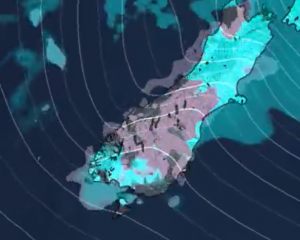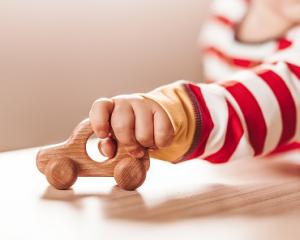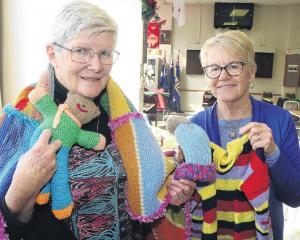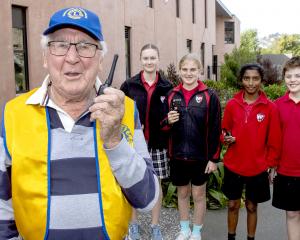By Eva Kershaw of Frank Film
From her backyard in one of the poorest parts of Christchurch, 86-year-old Mary Patu teaches martial arts for $2 per class.
The price of Mary’s classes haven’t changed since she opened her Okinawa te Aranui dojo (practice room) almost 40 years ago.
In that time, she estimates having shared the art and discipline of Okinawa-te with about 3000 students.
“We do everything to help this community,” said Mary from her home in Aranui.
“They say it’s a poor area, but it’s what you want it to be.”
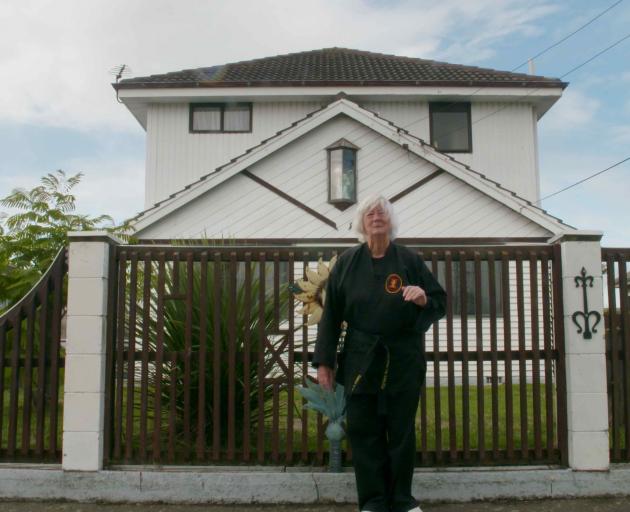
Along the front fence are painted metal sunflowers that Putt bought from The Warehouse.
Inside the property, designs of butterflies, geckos and angels cover the sides of the buildings, the tops of the gates, and even the tree trunks.
“He just liked them,” says Mary.
“But sometimes he put too many up.”
Just four years shy of ninety, Patu is sharp as a tack.
She’s bright-eyed, quick-witted, loves to tell a story and, with her soft face and a warm smile, she appears harmless.
“But I can take someone’s knee out,” she told Frank Film.
“I can still take a person down.”
Patu has seven children and picked up martial arts after two of her sons joined a karate dojo.
“I’d be sitting in the dojo watching, and I’m not a sitter. I can't just sit there and watch,” she says.
“So I said to sensei Lee is 48 too old to start doing karate?”
Mary was told she would get as much out of the practice as she put into it.

In Okinawa-te, a student becomes a sensei as soon as they earn their black belt.
However, as a purple belt, Mary received a special letter of permission to teach classes for seniors in the Aranui town hall.
After securing her black belt several years later, Mary realised she could offer cheaper classes if she built a dojo on her own property.
“We paid $50,000 for the materials to do it, and it took us about 15 years to pay off that mortgage,” says Mary.
“That wasn’t from the class fees. We paid it off ourselves.”
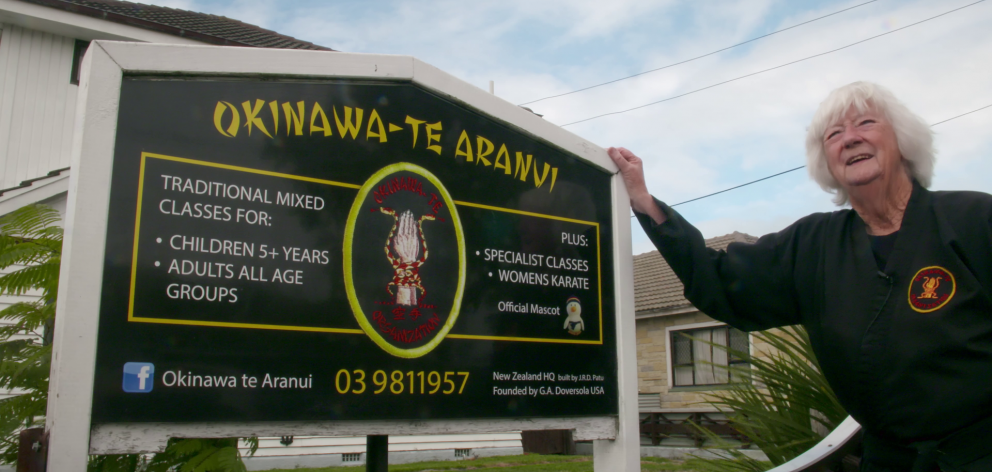
Today, in the window of the office, a wooden sign hand-made by a student commemorates the man who brought the space to life.
Putt’s dojo – fitted out with an office, bathroom, and weapons room – welcomes students of all ages, starting at five years old.
“Big ones, small ones, you name it – they’re here,” says Mary.
In teaching Okinawa-te long after the age of ‘retirement’, Mary has found a sense of pride.
“You can see [students] slowly building confidence, but also a little bit of discipline, which will carry them through a lot of other things ... it helps with everything.”
Donna Boese, who started out as a student at the dojo in 2016, says Mary’s classes turned her life around.
“I used to be a self-harmer, until I came here. Mary is the one who made me stronger,” says Boese who has gained her black belt and now teaches at the dojo.
Six other members of her family have also joined classes.
Mary says enabling entire families to join the dojo is the reason she keeps her fees so low.
“I look at other places – they’re charging $15 a class, and it’s only for one person. But, you see, ours is about the community,” she says. “It’s never been a money-making thing.”

She has never had to use the skill for her own self-defence, but says the effect of Okinawa-te on her reflexes and bracing has been worth its weight for “self-protection”.
“Because you're trained to be able to fall, when you do slip over, it comes straight to your head,” she says.
“It stops you breaking bones.”
Mary plans to continue running classes for years to come, and doubts she will ever increase their price.
“At my age, you have to adjust to what you can do,” she says.
“As long as I can give the right instructions, I think if I had to be in a wheelchair I’d still teach. I’d get a ramp made into the dojo.
“Do you know what was one of the last things Putt said to me? Dear, I’m so glad I built that dojo for you.”
-Frank Film



